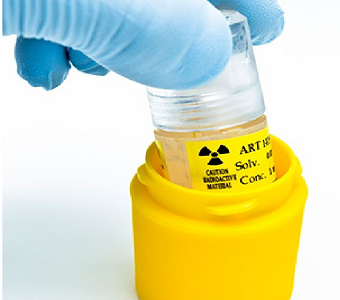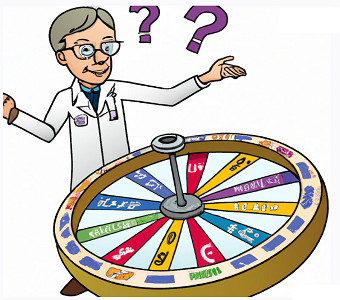Trillium Therapeutics (TSX:TR) (OTC:SCTPF) is an immuno-oncology company developing novel cancer therapeutics. Trillium was founded in 2003 and went public on the Toronto exchange via a reverse-merger with Stem Cell Therapeutics in 2013, formally adopting the Trillium name in early 2014. Trillium’s lead program centers on CD47 inhibition, led by the anti-CD47 wild type SIRPαFc antibody-like fusion proteins, TTI-621 and TTI-622. CD47 is a surface molecule expressed on host cells and overexpressed on many tumor cells. When CD47 binds to wild type SIRPα on macrophages it delivers a “DO NOT EAT” signal, inhibiting phagocytosis of the cell expressing CD47. CD47 is used by host cells, in particular red blood cells, to remain immune tolerant, and used by tumor cells as a mechanism of immune escape (shown below, middle).

Trillium’s anti-CD47 program: TTI-621 and TTI622
Trillium’s proprietary anti-CD47 molecules, SIRPαFc, are antibody-like fusion proteins: wild type SIRPα fused to an antibody’s Fc domain. When SIRPαFc binds to CD47, it inhibits the “DO NOT EAT” signal, enabling the immune system to potentially regain recognition of the CD47-expressing cell and facilitate its destruction (shown above, right). Trillium has shown their proprietary SIRPαFc molecules enable macrophages to phagocytize human AML cells in-vitro (shown below).

Trillium is developing two wild type SIRPαFc fusion proteins that differ only by their Fc region – TTI-621 and TTI-622 – designed to be used in monotherapy and combination, respectively. Trillium is currently on track to file an IND for TTI-621 in the 3rd quarter of 2015 and to begin a first-in-human phase I study in individuals with Acute Myeloid Leukemia (AML) in the 4th quarter of 2015.
Validation of the Approach: Celgene and Stanford Have Anti-CD47 Programs
There has been significant excitement surrounding the therapeutic potential of blocking CD47 and the “DO NOT EAT” signal in the scientific community, despite that the asset-class only just entered human testing. The development of anti-CD47 therapeutics is at a very early inflection point, illustrated by the recent advancement of proprietary anti-CD47 therapeutics by both biotechnology academia and industry. Stanford University’s Irving Weissman M.D. has led a team developing Hu5F9-G4, an anti-CD47 monoclonal antibody that is currently in an ongoing phase I trial in solid tumors and lymphomas, initiated earlier this year. In 2013, Dr. Weissman secured over $20 million in grants from the California Institute for Regenerative Medicine (CIRM) for the development of therapeutics designed to block CD47 (Hu5F9-G4).
Meanwhile, biopharma leader Celgene (CELG) has been developing anti-CD47 therapeutics since 2012 through a licensing agreement with Inhibrx worth over $500 million. Celgene has highlighted their own novel anti-CD47 antibody on both of their last two conference calls and have guided to file an IND for this asset by the end of 2014. Highlighting twice a pre-clinical asset is poignant: clearly there is investor interest in this targeted therapeutic and similar products.
Differentiating Trillium’s SIRPαFc Program
Trillium is the only pureplay on the therapeutic potential of CD47. Although Trillium’s anti-CD47 program is currently behind both Stanford and Celgene in clinical development, we believe Trillium is an attractive, investable opportunity. Trillium possesses a myriad of attributes demonstrating “diamond in the rough” potential: namely, differentiation versus more advanced CD47 programs, a low valuation, and upcoming events that may facilitate increased recognition.
Click below to keep reading.

Already a Premium user? Sign In
One or more of PropThink’s contributors are long CELG or SCTPF.




